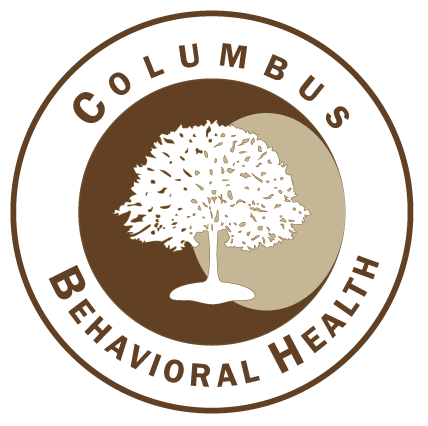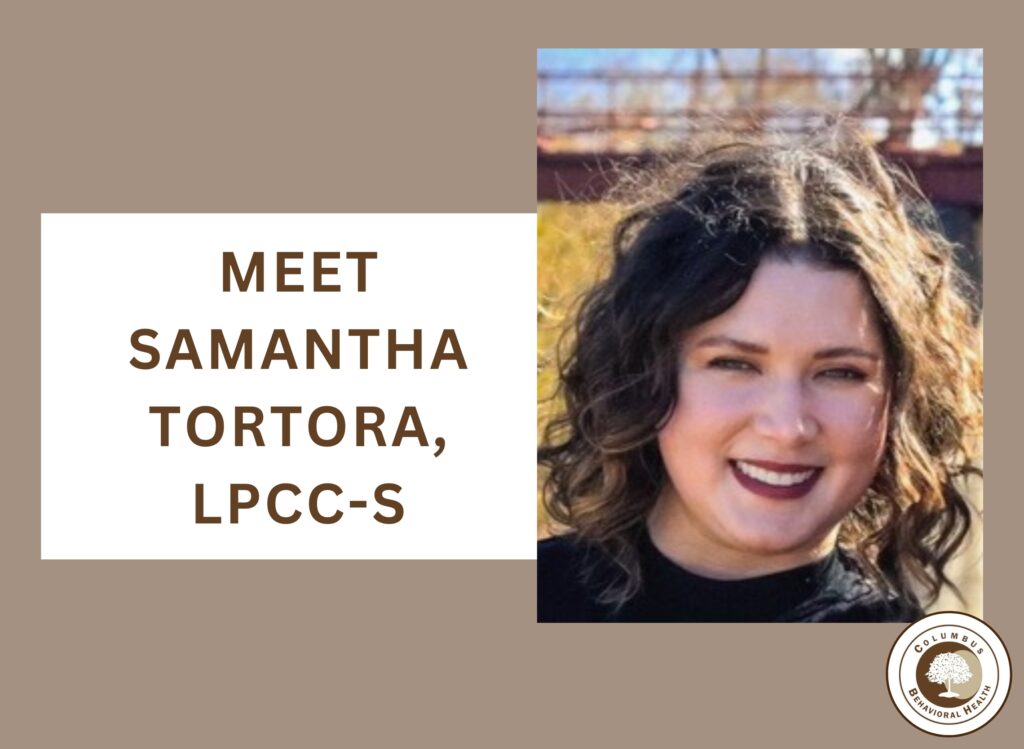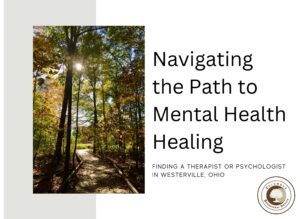In our recent Q & A with one of our newest therapists at Columbus Behavioral Health, we learned Samantha Tortora is coming to us with a wide range of experience and a therapy style defined by creating an image in her mind of her client’s thoughts, feelings, and behaviors and how they interconnect. Learn more about Samantha and her experience below.
Mental Health Counseling Experience
Columbus Behavioral Health: What populations do you have experience with?
Samantha Tortora: I have primarily worked with people with a variety of eating concerns – from clinical eating disorders like anorexia or bulimia to general forms of disordered eating and unhealthy relationships with food. I also treat PTSD through either Prolonged Exposure or Cognitive Processing Therapy – 2 evidence – based treatments for PTSD.
In the Fall of 2024, I am completing Eye Movement Desensitization and Reprocessing (EMDR) training. EMDR is also an evidence-based treatment for PTSD and other forms of trauma and abuse. Lastly, I worked intensely with drug and alcohol abuse and addiction issues for the last 2 years at the Wexner Medical Center. Not surprisingly, eating concerns, substance use issues and PTSD/trauma tend to be interconnected, and people struggling with one tend
to struggle with one or both other disorders.
Columbus Behavioral Health: How long have you been practicing?
Samantha Tortora: I have been practicing since 2013. My first clinical experience was in college counseling at Ohio Dominican University, which I loved. After graduate school, I worked at a non-profit eating disorder treatment center for 3 years. During my time at the center, I worked in the intensive outpatient program and regularly completed intake assessments. I loved my time at the center and it was the start of my passion for working with eating disorders. I’m forever grateful to the training I received there.
I then worked at Nationwide Children’s Hospital Mood & Anxiety Disorder Program before getting back into eating disorder work more intensively at The Ohio State University student counseling center. There, I ran the Eating Disorder Treatment Team for 3 years and provided group and individual therapy to students with eating concerns. I also participated in campus events like the NEDA Walk and Love Your Body Week. I really enjoy working with college-aged people with and without eating concerns. Most recently, I worked for 2 years in Addiction Medicine at the Wexner Medical Center, treating a range of drug and alcohol issues of all different severity.
Mental Health Therapy Style
Columbus Behavioral Health: How would you describe your style of therapy?
Samantha Tortora: I think about clients and what they’re presenting with through a Cognitive Behavioral Therapy lens, meaning I am creating an ‘image’ in my mind of the client’s thoughts, feelings and behaviors, and how they interconnect to influence our decisions, behaviors, moods and relationships. I then collaborate with the client on helping them understand the reciprocal relationship between thoughts, feelings and behaviors and how positively changing one area will positively impact the others.
For example, identifying and challenging how you think about something will also change how you feel about it and how you act or respond to it. Or, changing how you ‘act’ (behave) in a situation can create a chain reaction of then thinking and feeling differently about the situation. Since I’m also a Certified Wellness Counselor I also try to talk with each of my clients about sleeping, eating, physical activity, social connections, and other aspects of holistic wellness since our physical health in irrevocably linked to our mental health, and we really can’t have one without the other.
With all of that being said, I am flexible and ultimately want to take the client’s lead on what they want to talk about and why. Some people are coming to therapy for a place to talk about general life stressors, transitions or explore something about their identity. Other people want a more structured treatment and benefit from a formal treatment like CPT (Cognitive Processing Therapy). Either way, I can adapt to what my client wants to make their time and investment most useful to them.
Columbus Behavioral Health: How do you usually get started with people?
Samantha Tortora: In my first session with a new client, I first review confidentiality, informed consent, office policies and other ‘housekeeping’ items because while this may sound boring, making sure clients understand the mechanics of therapy (especially informed consent and confidentiality) is the ethical foundation of my therapy practice and I treat it with the utmost seriousness. I then complete an intake interview where I will go through a series of questions about what brought the person to therapy and various aspects of their
history. I am trying to get a general picture of the person and am going for ‘breadth over depth’ at this point. As therapy progresses, we dive into these areas more intensively. I may come to a preliminary diagnosis and we will talk very generally about goals for therapy.
Mental Health Counseling Progress
Columbus Behavioral Health: How do you usually look for progress in your client?
Samantha Tortora: I use a combination of client self-report, meaning a patient’s
perception of how they are progressing toward their goals with formal assessments. When possible I like to use a more formal assessment measure, like a short depression or anxiety questionnaire that can be completed at each session, to assign an objective measure of progress in combination with the client’s own experience.





